Sometimes you may experience inexplicable toothaches, red and swollen eyes, or inflammation at the corners of your mouth; these could be due to consuming too much of a certain fruit.
For some individuals, consuming certain fruits can lead to stomach discomfort and diarrhea, resulting in digestive dysfunction.
Why is this?

In fact, even the best fruits can harm the body if consumed incorrectly! This is because fruits also have cold and hot properties.
For example, we often say, “Peaches nourish, apricots harm, and plums buried under trees cause death.” The reasoning behind this is related to the cold and hot properties of fruits:
“Plums and apricots” are both considered cold fruits; excessive consumption can lead to stomach coldness. If individuals with a cold stomach or cold constitution consume too many of these cold fruits, their bodies often struggle to cope, resulting in diarrhea and other issues.
Fruits are categorized by their cold and hot properties; remember the list!
Fruits are mainly divided into three categories: Cold, Warm, Hot.
Cold Fruits—— Relieve Heat and Dryness
Typical representatives: Watermelon, mangosteen, cantaloupe, pear, banana, kiwi, persimmon, banana, kiwi, sweet melon, coconut, cherry tomato, etc.
Cold fruits are predominantly cold in nature and help relieve heat and dryness. They are effective in alleviating symptoms of excess heat such as red face and eyes, swollen gums, dry mouth, short and red urine, dry and hard stools, and a red tongue with yellow dry coating.
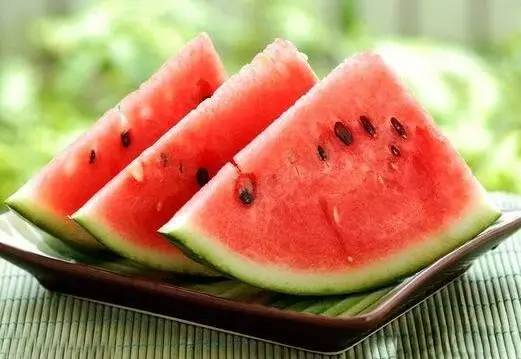
Warm Fruits—— Most Nourishing
Typical representatives: Apple, grape, sugarcane, passion fruit, lemon, guava, pineapple, papaya, olive, pineapple, mango, etc.
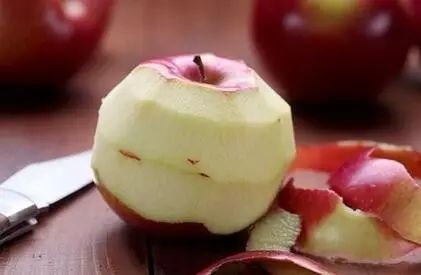
Warm fruits are relatively mild and suitable for most people. Generally, warm fruits can be consumed in larger quantities. This type of fruit has warming and nourishing effects, dispelling cold and replenishing deficiency, increasing body heat, and promoting energy metabolism.
Hot Fruits—— Drive Away Cold and Strengthen the Body
Typical representatives: Lychee, peach, longan, cherry, jujube, durian, papaya, orange, tangerine, etc.
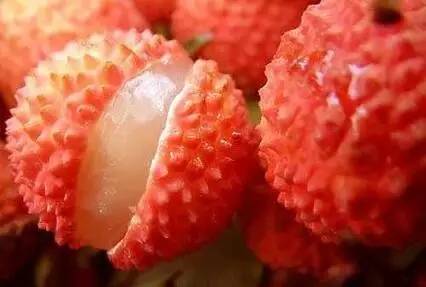
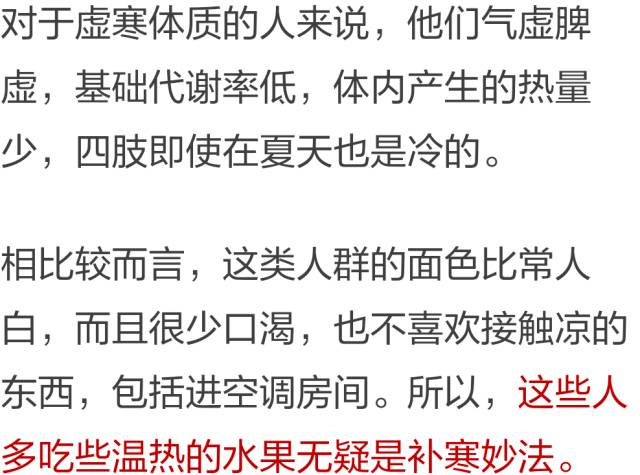
Different fruits require different selection methods
Watermelon
The larger the circle at the bottom, the thicker the skin; the curled stem indicates it is sweeter!


……………………………………………………………………………………….
Mangosteen
The number of segments on the bottom indicates the number of segments in the fruit; more segments mean smaller seeds; fresh ones have green stems!
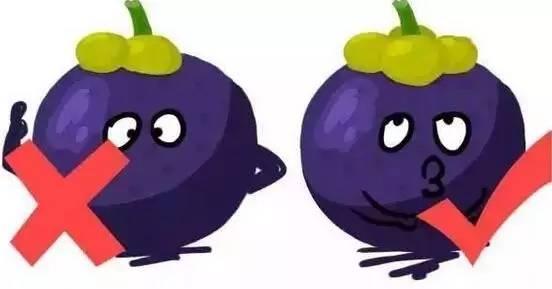
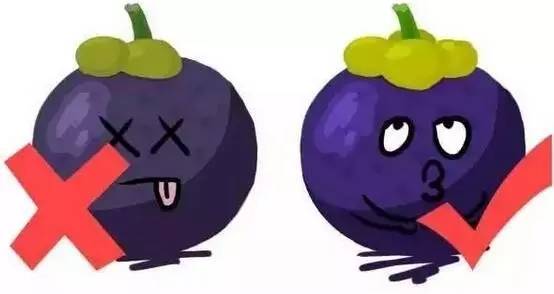
Peach
Fruits that are large and plump taste better and are juicier; those with a fragrant smell are sweeter, and those that feel soft are perfectly ripe~
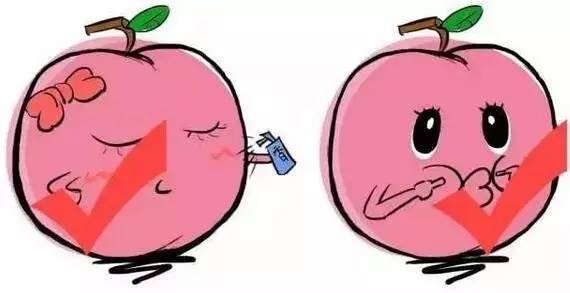
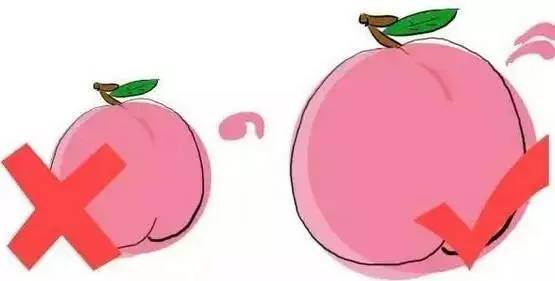
Lychee
The shell should be cracked and flat, with visible seams indicating high ripeness; a wine or sour smell indicates it is no longer fresh~


Dragon Fruit
Avoid thin ones; the fatter they are, the more mature they are, with more flesh and sweetness~

Orange
Fruits of equal size and weight are best; hard ones are better than soft ones! Those with large pores have thick skin, and those with small navels taste better!

Papaya
The larger the belly, the sweeter it is!

Durian
Thinner shells have more flesh; for the same size, lighter ones have smaller seeds; the more small hills on the skin, the more flesh there is!
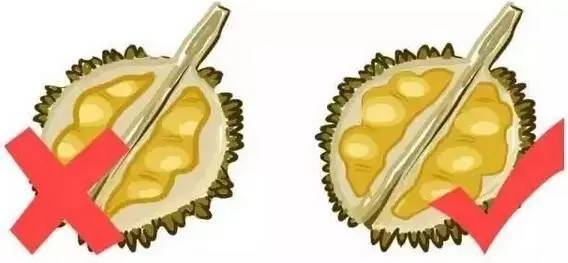
Banana
Those with green ends have been processed; avoid those with edges!

Mango
Those with spots have rotted from the inside; the stem should not be wet, and the skin should not be wrinkled~

Hami Melon
Those with coarse and dense netting are good melons; those with a dented bottom are good melons!
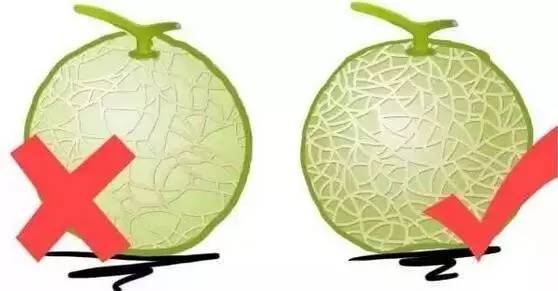
So, have you remembered everything? After reading this article, elderly individuals and children with spleen and stomach deficiency should not indulge in too much watermelon, especially chilled watermelon, even in the heat of summer. Be sure to remind your family!

First save this, then share it with those who care,
The more people see it, the more health there is!

 You clicking “share” and “view” is a support for Old An
You clicking “share” and “view” is a support for Old An

